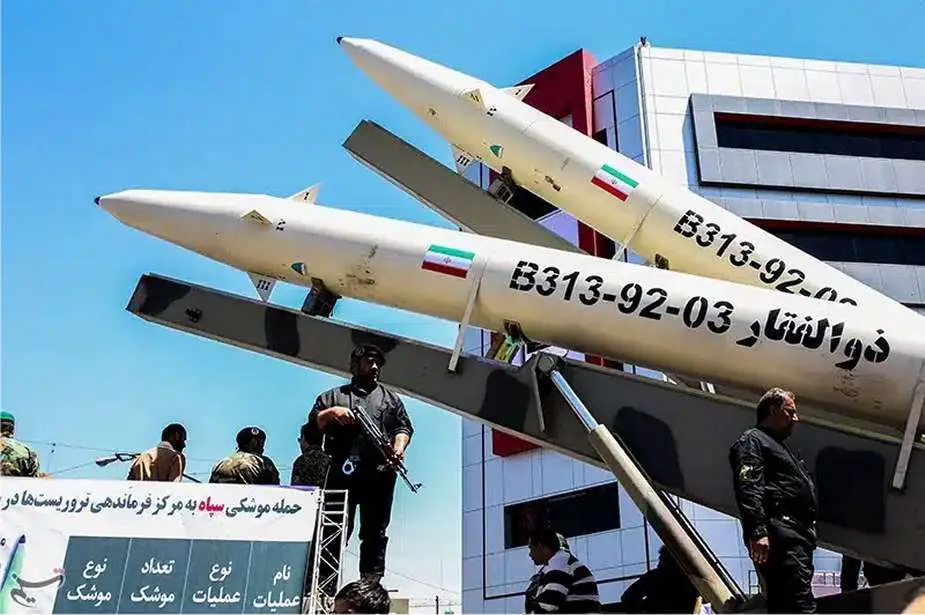Breaking news
Russia may consider buying Iranian short-range ballistic missiles.
Russia is reportedly considering the purchase of short-range ballistic missiles from Iran, a move that could significantly bolster Moscow's military capabilities in the ongoing conflict with Ukraine. According to U.S. officials, this development marks a critical moment in the war, as it would enhance Russia's ability to target Ukrainian infrastructure. This information was reported by The Wall Street Journal.
Follow Army Recognition on Google News at this link

The Zolfaghar is a short-range ballistic missile (SRBM) developed and manufactured in Iran (Picture source: Iranian news agency)
This decision coincides with reports that Russia has also started receiving ballistic missiles from North Korea, highlighting Moscow's efforts to diversify its military acquisitions and deepen its strategic ties with other countries. This also suggests that Russia's domestic missile production may not be meeting battlefield demands.
Despite considerable development in its war industry in recent months, with plans to continue in 2024, Russia appears to be unable to meet the demand for military equipment, particularly ballistic missiles which have been extensively used recently to strike Ukrainian infrastructure. Consequently, Russia is seeking international assistance, much like Ukraine, with Iran and North Korea responding to Russia's call.
Some sources suggest that these ballistic missiles could be the Zulfiqar. Let's delve into the technical characteristics of this Iranian ballistic missile that might appear in Ukraine.
The Zolfaghar is a short-range ballistic missile (SRBM) developed and manufactured in Iran. In service since 2017, this missile is notable for its technical and operational characteristics.
Dimensionally, the Zolfaghar is 10.3 meters long and 0.68 meters in diameter, making it relatively maneuverable for its category. It is powered by a single-stage solid propulsion system, generally recognized for its reliability and ease of maintenance compared to liquid propulsion.
The Zolfaghar has an operational range of about 700 kilometers. This range, coupled with its accuracy, enables it to hit medium-distance targets with an estimated margin of error of 100 meters (CEP, circular error probable). Accuracy is crucial for a missile's effectiveness, and the Zolfaghar employs a guidance system that combines inertial navigation (INS) with GPS positioning. This mixed guidance system is designed to increase the missile's accuracy in striking targets.
Each Zolfaghar unit is estimated to cost around $200,000, placing it in a medium price range for its category. The missile is produced by the Islamic Revolutionary Guard Corps Air Force (IRGC AF), a branch of the Iranian armed forces.
The Zolfaghar represents a medium-range strike capability for Iran and potentially soon for Russia, with reliable solid propulsion technology, respectable accuracy thanks to its advanced guidance system, and a production cost that seems manageable for the Iranian and Russian defense budgets.
Russia's acquisition of Iranian ballistic missiles could significantly alter the dynamics of the Ukrainian conflict. These missiles could represent a new level of threat to Ukrainian defense efforts. The move also signals a deepening of military and diplomatic ties between Russia and Iran, two nations that have faced significant international sanctions and diplomatic isolation.























